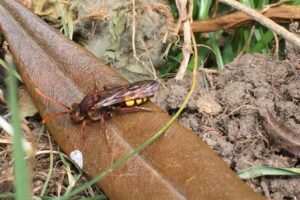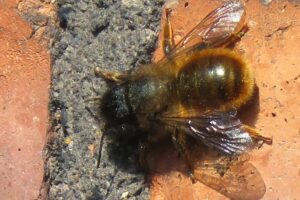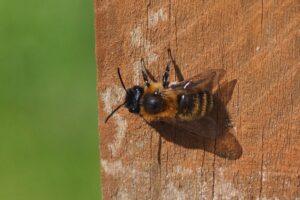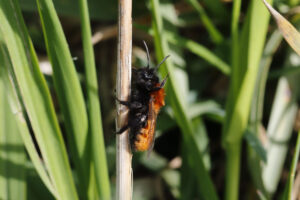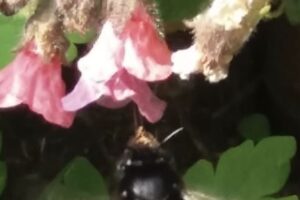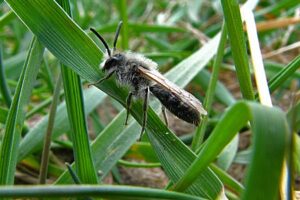Thank you again to everyone who has taken part in the North East Bee Hunt. Your records are bringing to light new information about the North East’s bees. Beginner or expert, everyone can take part in the North East Bee Hunt. If you’re unsure about how to submit your records, a guide to using iRecord can be found here. If you are unsure which bee you have seen, please get in touch with us on social media or by email at nhsn@ncl.ac.uk – we’ll try our best to help.
Charlotte Rankin highlights your records and photography over the past fortnight below.
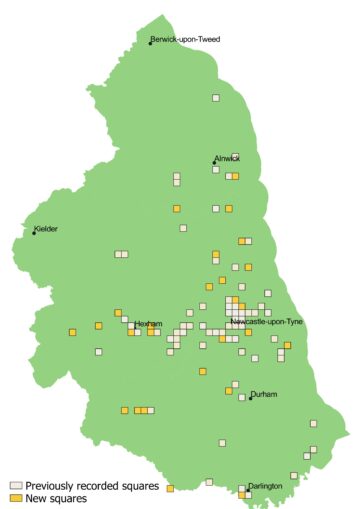 Over 430 bee sightings have now been submitted to The North East Bee Hunt. This is an incredible number of records stretching from Bamburgh to Darlington by 92 participants. All five focus species have been sighted and a further 12 species have also been recorded including various cuckoo bees and spring-flying mining bees. While there are five target species to look out for, the Bee Hunt encourages the submission of all wild bee sightings, and help with their identification can be received from the Facebook thread. By putting bees on the map, you are helping to build up a better picture of their distributions in the region.
Over 430 bee sightings have now been submitted to The North East Bee Hunt. This is an incredible number of records stretching from Bamburgh to Darlington by 92 participants. All five focus species have been sighted and a further 12 species have also been recorded including various cuckoo bees and spring-flying mining bees. While there are five target species to look out for, the Bee Hunt encourages the submission of all wild bee sightings, and help with their identification can be received from the Facebook thread. By putting bees on the map, you are helping to build up a better picture of their distributions in the region.
The map shows the distribution of bee sightings submitted so far as part of The North East Bee Hunt. There have been a number of records from new locations this past fortnight and these are highlighted by the orange squares on the map. Perhaps you can fill in a gap this fortnight? Every record counts! All you need to know is what, where, when and who, and when possible, a photograph. Once submitted, your records are then verified by experts on iRecord.
We are now into May and spring bees are continuing to keep busy. Red Mason Bees, in particular, have sprung into action this fortnight and have been observed busily crafting their nests in participants’ bee hotels. Worker bumblebees are also on the wing now. Many queen bumblebees have set up their nests and it is now the role of the workers to collect nectar and pollen for the nest. Workers of several species simply resemble smaller versions of the queens, including the workers of target species Red-tailed Bumblebee and Tree Bumblebee.
The Bilberry Bumblebee has also been sighted this fortnight, a restricted and locally common species in the region. If you live in the Northumbrian uplands or the North Pennines, you may be lucky enough to spot this bumblebee in your garden or on your local walks. You can find out more about this species’ history and distribution in the region in Bumblebees of North East England.
Further records of the Hairy-footed Flower Bee have also been received this fortnight; a solitary bee rarely recorded in the North East with records clustered around the Alnwick area. Records submitted via The North East Bee Hunt have added new squares to its distribution – you can learn more about this bumblebee lookalike in a recent blogpost.
Please do continue to send in your bee sightings to the North East Bee Hunt’s iRecord form and all the information on how can be found on The North East Bee Hunt webpage. If you have spotted bees and are unsure of their identification, you can follow the Facebook thread and share your bee images for help from the friendly Bee Team. See below for a collection of bees sighted by North East Bee Hunt participants.
By Charlotte Rankin, local naturalist
